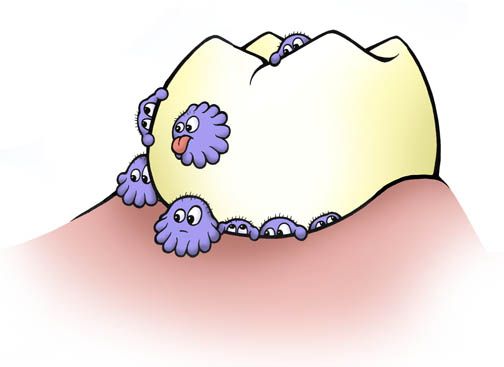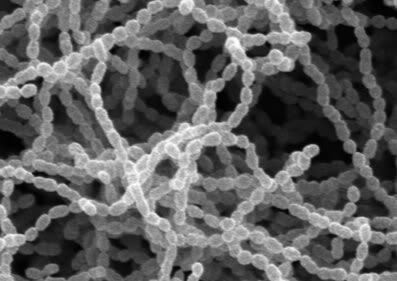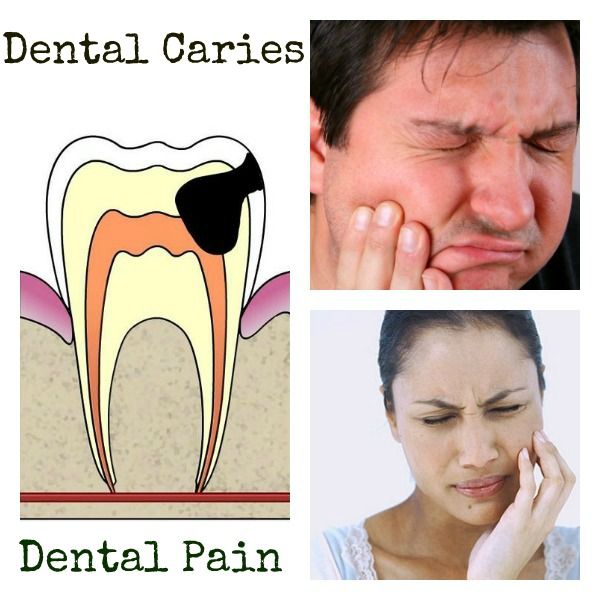We have already discussed about the structure of the tooth .
You can read it here BASIC TOOTH STRUCTURE
There is one more aspect of Dentistry that you all must know about before visiting a dentist . That is DENTAL CARIES.
We will be discussing about dental caries in a Q& A format .
What Is Dental Caries ?
Dental caries is the medical term for tooth decay or cavities. It is caused by specific types of bacteria. They produce acid that destroys the tooth’s enamel and the layer under it, the dentin.
Dental caries, often called cavities, are erosions of the surface of the tooth caused by the combined effects of bacteria, acids, plaque and tartar.
Accumulation of plaque is perhaps the single most reason that induces dental caries . Plaque accumulate due to improper oral hygiene habits . It is formed around the tooth and acts as a medium of infection .

Dental caries is the medical term for tooth decay or cavities. It is caused by specific types of bacteria. They produce acid that destroys the tooth’s enamel and the layer under it, the dentin.
Dental caries, often called cavities, are erosions of the surface of the tooth caused by the combined effects of bacteria, acids, plaque and tartar.
Accumulation of plaque is perhaps the single most reason that induces dental caries . Plaque accumulate due to improper oral hygiene habits . It is formed around the tooth and acts as a medium of infection .

If still now you haven’t realized the harmful effects of plaque accumulation , then please see this video . Plaque acts as a BIOFILM . Its like a spa for all the bacterias / microbes . It provides an ideal environment for them to feed , grow & multiply . And the end result is not only Dental Caries but many dental problems . The video below shows the microorganisms present in a small swab of plaque .
Dental caries are common in both children and adults, and they occur most often as a result of poor dental hygiene.
Dental caries are usually painless at first, but they may become painful if they spread to the deeper portions of the tooth like pulp . Left untreated, dental caries can progress to a tooth abscess, which is a more painful and potentially serious condition.
HOW DENTAL CAVITIES ARE FORMED
Many different types of bacteria & other micro organisms normally live in the human mouth.

They build up on the teeth in a sticky film called plaque. This plaque also contains saliva, bits of food and other natural substances. It forms most easily in certain places.
The PLAQUE acts as a reservoir for pathogens . If the plaque is not cleaned properly , it becomes a constant source of irritation to the gums and tooth .Plaque can get accumulated in many areas in the oral cavity .These include:
- Cracks, pits or grooves in the back teeth
- Between teeth
- Around dental fillings or bridgework
- Near the gum line
BACTERIA / MICRO ORGANISMS IN PLAQUE ———-> DISSOLVE FOOD AND PRODUCE ACIDS
Some of the plaque bacteria turn sugar and carbohydrates (starches) in the foods we eat into acids. The acids dissolve minerals in the hard enamel that covers the tooth’s crown (the part you can see).
The enamel erodes or develops pits. They are too small to see at first. But they get larger over time.
Acid also can seep through pores in the enamel. This is how decay begins in the softer dentin layer, the main body of the tooth. As the dentin breaks down, the enamel over it can collapse, forming a cavity.

If the cavity is not fixed, bacteria will get into the tooth’s inner layer. This contains the soft pulp and sensitive nerve fibers. The nerves of the pulp are very sensitive to any external stimuli . As a result PAIN sensation is produces .
Tooth roots exposed by receding gums also can develop decay. The root’s outer layer, cementum, is not as thick as enamel. Acids from plaque bacteria can dissolve it rapidly.
Some times there is sensitivity even though the caries hasn’t progressed till the pulp . No one really knows what causes the pain people get with cavities that have not entered the pulp. Theories include:
- Inflammation caused by bacteria
- Exposure of the root surface
- Imbalance of fluid levels in tiny openings called tubules inside the dentin
WHAT ARE THE SYMPTOMS ?
 GENERAL SYMPTOMS :
GENERAL SYMPTOMS :
Initial stages of dental caries are usually asymptomatic . In some instances there are complains of mild sensitivity . As the caries progresses in to the deeper parts of the teeth complaints of Pain are reported .
You may experience symptoms of dental caries all the time or just occasionally. At times, any of these dental caries symptoms can be severe.
Symptoms of dental caries are usually localized to the mouth. They include:
- Holes in the surface of a tooth
- Pain when chewing
- Sensitivity to hot or cold foods and beverages
- Toothache
SYMPTOMS THAT CAN INDICATE SERIOUS INFECTION :
In some cases, dental caries can be a serious condition that should be immediately evaluated in an emergency setting. Seek immediate medical / dental care if you, or someone you are with, have any of these serious symptoms including:
- Severe swelling or pain in the jawbone
- Severe toothache that cannot be controlled by over-the-counter pain relievers
- Severe pain that is radiating in to the head and other parts of face
In such a case you should visit your dentist without any delay . Depending on the extent of infection progression- either the teeth has to be removed ( Extraction ) or Root Canal Treatment with the administration of antibiotics.
[warning]
Read the next part of the article on DENTAL CARIES here
DENTAL CARIES : CAUSES & HOW IT WORKS
[/warning]




